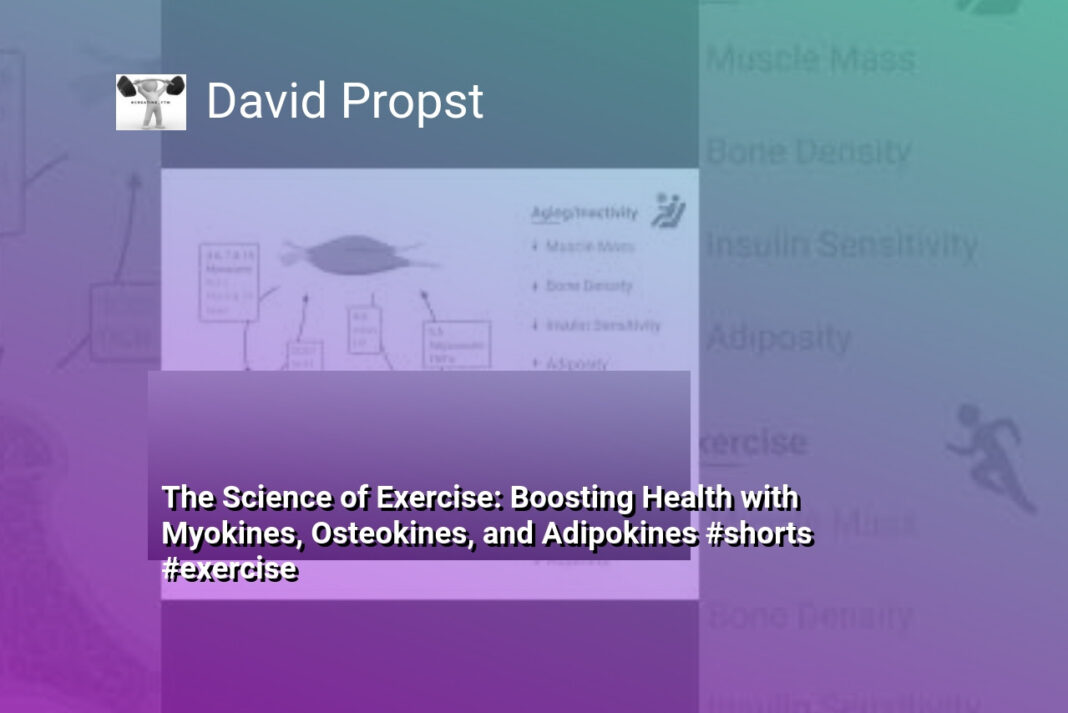The Bottom Line:
- The scientific review paper I read compared the effects of training 1-2 times per week versus 3 times per week. It found that there was a significant difference in outcomes between those who trained once a week and those who trained twice a week. However, the benefits were less pronounced when comparing training twice a week to three times a week.
The Importance of Workout Frequency
The Optimal Workout Frequency for Muscle Growth
The frequency of your workouts plays a crucial role in maximizing the benefits of your training regimen. Research has shown that the number of weekly training sessions can have a significant impact on muscle growth and overall fitness outcomes. In a recent scientific review, researchers compared the effects of training once, twice, and three times per week, and the findings provide valuable insights for optimizing your workout schedule.
Comparing the Benefits of Increased Workout Frequency
The study revealed a notable difference in the results achieved by individuals who trained once a week versus those who trained twice a week. Those who engaged in two weekly training sessions experienced more substantial muscle growth and strength gains compared to their counterparts who trained only once per week. This suggests that increasing your workout frequency from once to twice a week can lead to more pronounced improvements in your physical fitness.
Diminishing Returns with Higher Frequency
However, when the researchers examined the differences between training twice a week and three times a week, the benefits were less clear-cut. While there were still some advantages to increasing the frequency to three sessions per week, the magnitude of the improvements was not as dramatic as the jump from one to two weekly workouts. This indicates that there may be diminishing returns as you further increase your workout frequency beyond two sessions per week.
The underlying reason for this phenomenon is that the body requires adequate recovery time between training sessions to effectively repair and rebuild muscle tissue. Pushing the frequency too high can lead to overtraining, which can counteract the positive effects of your workouts and potentially increase the risk of injury.
Therefore, the optimal workout frequency for muscle growth and overall fitness appears to be two to three sessions per week, with the sweet spot being around two sessions for most individuals. This frequency allows for sufficient stimulus to drive muscle adaptation while also providing the necessary recovery time for the body to fully absorb the training benefits.
Training Once a Week vs. Twice a Week
Maximizing Muscle Growth: The Optimal Training Frequency
The scientific evidence suggests that training twice a week can be significantly more effective for muscle growth compared to training only once a week. This is likely due to the increased frequency allowing for a greater total volume of work, which is a key driver of hypertrophy (muscle growth).
Increased Training Volume and Muscle Stimulation
When training once a week, the muscle groups are only being stimulated for a single session, which may not be enough to maximize the muscle-building process. In contrast, training twice a week allows for more frequent stimulation, leading to a greater overall training volume. This increased volume can translate to more robust muscle protein synthesis and better recovery, ultimately resulting in greater gains in muscle size over time.
Balancing Intensity and Frequency
It’s important to note that the benefits of training twice a week versus once a week are not always linear. As training frequency increases, the ability to maintain high-intensity efforts may become more challenging. While training three times a week can provide additional benefits, the incremental gains may be smaller compared to the jump from once a week to twice a week. This is because the body needs adequate time to recover and supercompensate between training sessions, and the optimal balance between intensity and frequency can vary depending on the individual’s goals, training experience, and recovery capacity.
In conclusion, the available research suggests that training twice a week can be a highly effective approach for maximizing muscle growth, as it allows for a greater total training volume while still providing sufficient recovery time. However, the specific benefits may depend on the individual’s unique circumstances, and it’s important to find the right balance between training frequency, intensity, and recovery to achieve the desired results.
Comparing the Benefits of Twice and Three Times Weekly Training
Maximizing Muscle Growth: The Twice-Weekly Advantage
Numerous studies have demonstrated the significant benefits of training twice per week compared to a single weekly session. This increased frequency allows for a more consistent stimulus, leading to enhanced muscle protein synthesis and ultimately greater muscle growth over time. By dividing the training load into two sessions, individuals can target specific muscle groups with greater intensity and focus, ensuring optimal recovery and adaptation between sessions.
Balancing Intensity and Recovery: The Thrice-Weekly Approach
While training three times per week may offer additional benefits, the marginal gains become less pronounced when compared to the twice-weekly regimen. The increased frequency can place a higher demand on the body, requiring more careful management of training intensity and recovery periods. Individuals must strike a delicate balance to avoid overtraining and ensure that each session is productive and sustainable in the long run.
Personalized Considerations: Finding the Sweet Spot
Ultimately, the optimal training frequency for an individual depends on a variety of factors, including their fitness level, training experience, recovery capacity, and personal goals. Some may thrive on the increased volume and intensity of a three-times-per-week program, while others may find that the twice-weekly approach provides the perfect balance of stimulus and recovery. It is essential to experiment and monitor progress to determine the training frequency that yields the best results for each individual.
Understanding the Nuances of Workout Frequency
The Significance of Workout Frequency Variations
Numerous studies have explored the impact of varying workout frequencies on overall fitness and muscle development. While the general consensus suggests that more frequent training can lead to greater gains, the nuances of this relationship deserve closer examination. The scientific review paper mentioned in the prompt provides valuable insights into the subtle differences between training once, twice, and three times per week.
The Advantages of Increased Workout Frequency
The review paper’s findings indicate that individuals who train twice a week experience significantly greater benefits compared to those who train only once per week. This suggests that increasing the frequency of workouts from a single session to two sessions per week can have a substantial impact on an individual’s fitness and muscle-building progress. The increased frequency allows for more targeted muscle stimulation, leading to enhanced muscle protein synthesis and ultimately, greater muscle growth.
Diminishing Returns at Higher Frequencies
However, the review paper also highlights that the benefits of increasing workout frequency from two to three sessions per week are less pronounced. While there are still some improvements observed, the magnitude of these gains is not as dramatic as the jump from one to two weekly sessions. This suggests that there may be a point of diminishing returns when it comes to further increasing workout frequency beyond a certain threshold. The body’s ability to recover and adapt to the training stimulus may play a role in this phenomenon.
The findings from this scientific review paper underscore the importance of carefully considering the optimal workout frequency for individual fitness goals and personal circumstances. While more frequent training can lead to greater gains, the nuances of this relationship highlight the need for a balanced and personalized approach to exercise programming. By understanding these subtle differences, fitness enthusiasts and professionals can make more informed decisions to maximize the effectiveness of their training regimens.
Tailoring Your Workout Schedule for Optimal Results
Aligning Your Training Frequency with Your Fitness Goals
When it comes to optimizing your workout schedule, it’s crucial to tailor your approach to your specific fitness goals. Whether you’re aiming to build muscle, improve endurance, or achieve a leaner physique, the frequency of your training sessions can have a significant impact on your results.
Balancing Recovery and Progression
One of the key considerations in designing your workout schedule is finding the right balance between recovery and progression. While training more frequently may seem like the path to faster progress, it’s important to allow your body adequate time to rest and repair between sessions. Overtraining can lead to burnout, injury, and diminishing returns, so it’s essential to strike a careful balance.
Personalized Approach to Training Frequency
The optimal training frequency for you will depend on a variety of factors, including your current fitness level, training experience, and the specific demands of your workout routine. For example, individuals new to strength training may benefit from a more frequent training schedule, as their bodies are still adapting to the new stimulus. On the other hand, seasoned athletes may require more recovery time between sessions to avoid overtraining and allow for proper adaptation.
By carefully analyzing your individual needs and goals, you can determine the ideal training frequency that will help you achieve the best possible results. This may involve experimenting with different schedules and closely monitoring your progress, energy levels, and overall well-being to find the sweet spot that works for you.





